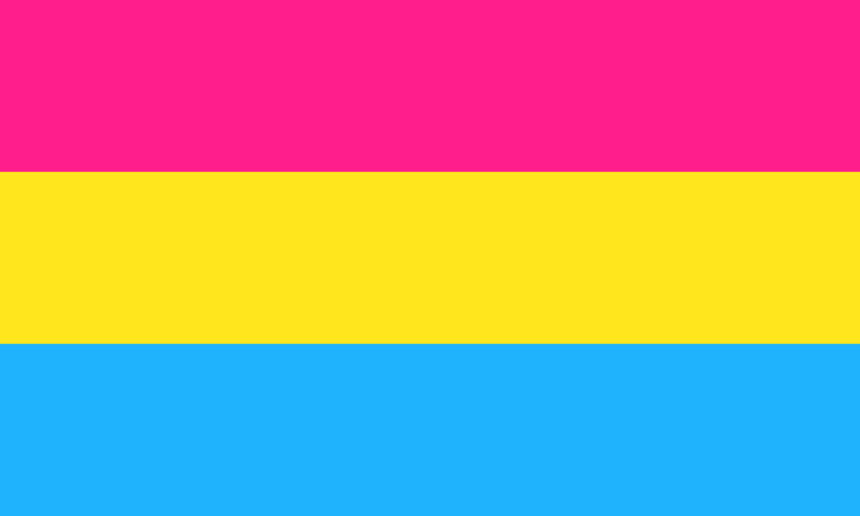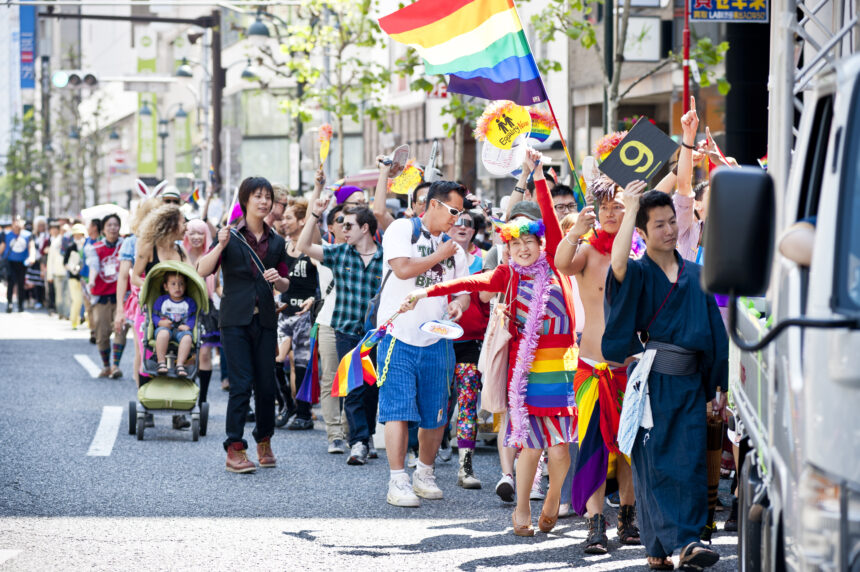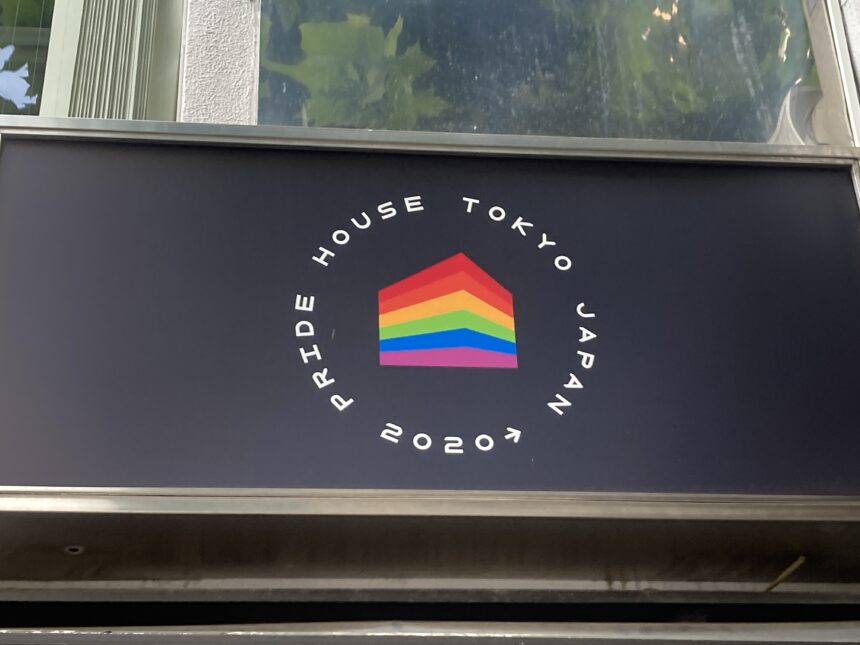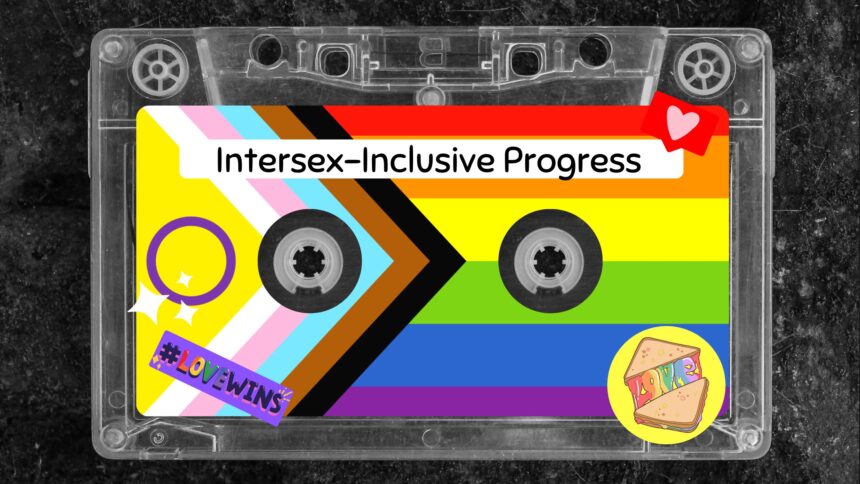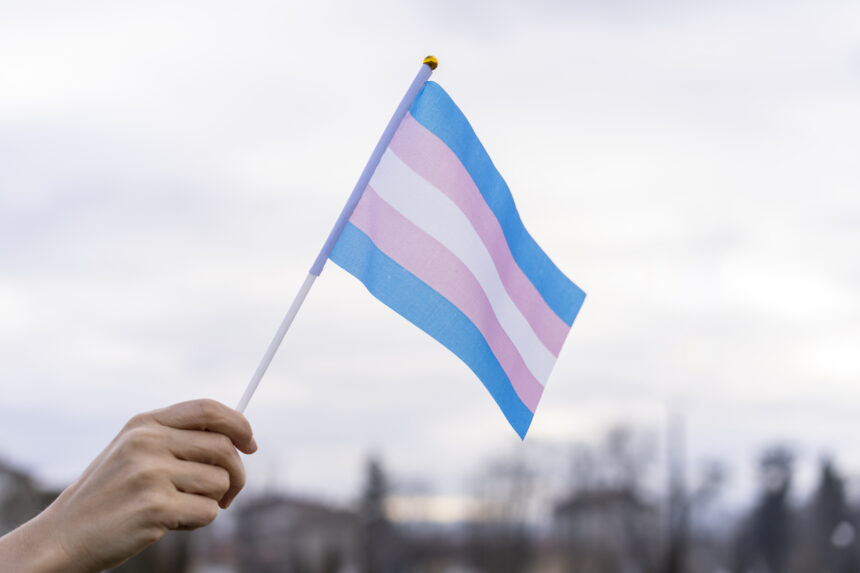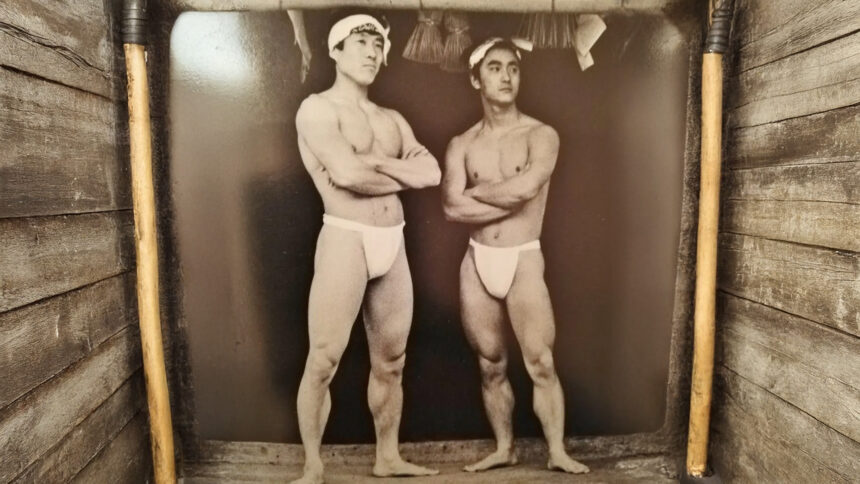What Is the Meaning of the Pansexual Flag?
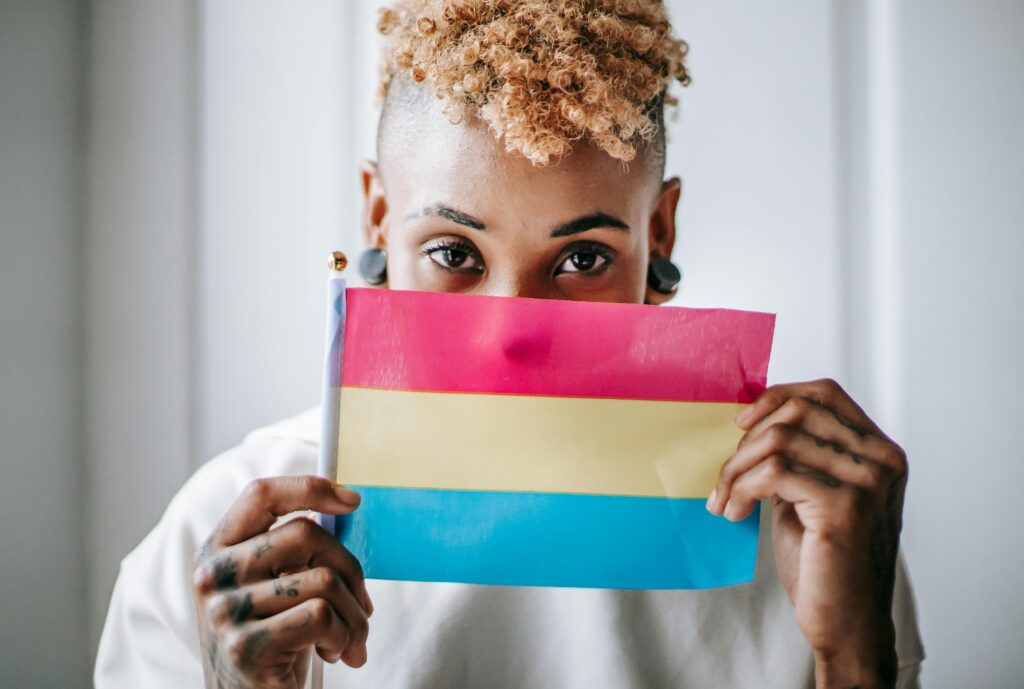
So, before we get started, a lot of people don’t quite know the difference between “pansexual” and “bisexual”, so let’s break this down before explaining a little bit more about the pansexual flag.
The commonly held definition of pansexual is: romantic and/or sexual attraction to individuals regardless of gender, while the meaning of bisexual generally is: attraction to individuals of more than one gender. So, in general, pansexuality refers to a more inclusive attraction than bisexuality, but the terms do overlap somewhat, and neither are set in stone.
The pansexual flag is specifically meant to represent pansexual people, as opposed to the more general rainbow pride flag that represents all LGBTQ+ people. Since many queer individuals and communities like to have a flag that represents their specific identity as well as one that represents all LGBTQ+ people, flags such as the pansexual flag, along with many other more specific flags, were created.
What Does Each Color of the Flag Mean?
Hot Pink

Hot pink on the pansexual flag is generally understood to represent attraction to women and other femme-presenting people. Since pansexuality means equal attraction to all genders, or attraction regardless of gender, the size of each stripe, pink, yellow, and blue, are all the same. This way, the flag accurately represents the all-inclusive, balanced nature of pansexual attraction.
Yellow

The yellow on the pansexual flag represents attraction to nonbinary, genderqueer, gender fluid, agender people and more. Attraction to anyone who doesn’t fit neatly into the box of male or female can be represented here. Since this part of the pansexual flag is a bit of a catch-all, the designer of the flag decided to use a color not usually associated with men or women to represent this style of attraction.
Blue

The blue in the pansexual flag is meant to represent attraction to men and to masculine presenting people. Since blue is commonly, though not exclusively, associated with men, it was chosen for the flag. However, to go along with the generally pastel color scheme of the pansexual flag, a brighter cyan was chosen instead of a darker blue.
When Was the Pansexual Flag Created?
The pansexual flag was originally introduced in the early 2010s by an anonymous Tumblr user named Jasper V. Since, at the time, there was no flag to represent those who identified as pansexual, Jasper V took up the challenge and created one. Personally, I think they did a good job with the design, since the flag is both bright enough to get your attention and subdued enough not to be jarring to the eyes.
You may notice that many of the pride flags in use today originated from now-defunct Tumblr blogs from ten or so years ago. This origin story is common when it comes to queer art, and speaks to its open-source nature and aversion to one governing body deciding the hard and fast rules for the community. In this way, many of the LGBTQ+ flags and other forms of art are created by everyday people like you and me, and grow in popularity and use simply because a large chunk of those who saw it liked it and decided to adopt it!
When Has the Pansexual Flag Been Used?
Tokyo Rainbow Pride
A place where you can always find the pansexual pride flag is at Tokyo Rainbow Pride, and other LGBTQ+ pride events and parades around the world. Since these events aim to include everyone under the LGBTQ+ umbrella, hoping to foster both inclusivity and unity, you’ll find the pansexual pride flag being displayed, along with the more general rainbow pride flag, and other more specific pride flags all in one place.
Tokyo Rainbow Pride is a week-long queer festival that hosts a pride parade, guest speakers in the queer activist space, LGBTQ+ performers, and booths run by various organizations. One of these is the booth version of Tokyo Rainbow Pride’s Official Online Store. Here, you can find items decorated with the pansexual flag, as well as items branded with many other queer flags and symbols.
Read more about the Tokyo Rainbow Pride in the article below!
LGBTQ+ Rights Protests
The pansexual flag has also appeared at many protests for queer rights around the world. Since the pansexual identity is broadly a human one, and not just specific to a certain country or cultural group, it’s only natural that its flag would be waved at events aiming to spread awareness of LGBTQ+ issues and to fight for queer rights.
Unfortunately, most areas of the world have disenfranchised queer people in some way or other, leading to widespread protest and advocacy being necessary pretty much everywhere. The LGBTQ+ community is an inclusive one. So, if you bring a pansexual flag to any protest or advocacy event, chances are you’ll be accepted unequivocally for it!
Other LGBTQ+ Flags
The pansexual flag is not the only queer pride flag created to represent a more specific subset of the LGBTQ+ community. Flags such as the bisexual flag, lesbian flag and asexual flag are also in frequent use.
If you want to learn more about these flags and their meanings, check out our other articles about them here!

